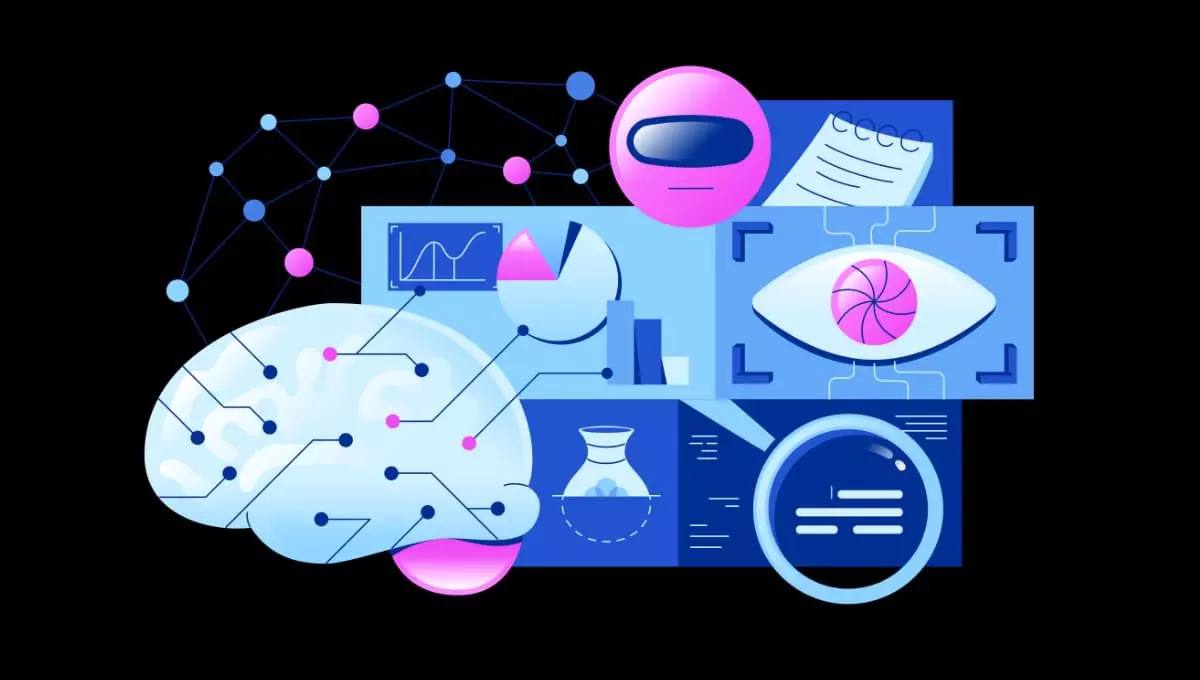Building customer engagement and there by loyalty has always been a challenge for established brands. Startups who are trying to establish themselves, this challenge of user engagement takes a critical role in defining success or failure of their product.
Startups use different tactics like social media, mobile, notifications to increase customer engagement, loyalty and there by their chances of success. While all these tactics work, they still do not give an edge to the product as they are all layered over the core product.
One of the product strategies which manages customer engagement and loyalty perfectly is Gamification. Gamification or Game Mechanics fundamentally enhances your product to achieve customer adoption, engagement and loyalty.
What is Gamification
We, as humans, inherently want to achieve, want to compete.
We, as humans, inherently want to achieve, want to compete. For some it is the biggest car, for others it is the number of followers. Video Game designers have understood this nature and created a lot of successful games, with generations of loyal gamers and billions of dollars.
Think of Grand Theft Auto or World of Warcraft or Angry Birds, where players need to complete some set goals, compete against other players, unlock certain levels, get onto the leader board and even pay for certain game artifacts.
Gamification is building these principles of Game Design, Dynamics and Elements into any Website or Mobile App to make it more rewarding, engaging and fun for the users.
Gamification Examples
If you look around, there are a lot of products which have already built Games into the core product – FourSquare with badges and level called Mayors, Stackoverflow with reputation points, LinkedIn with profile completion Progress Bars.

Nike+ – Milestones and Leaderboards
These aspects of Gamification has entered lifestyle products too, with products like Fitbit and Nike+ which help users monitor and manage their health.

Foursquare App – Badges
Gamification is not new, in real life, there are examples like your Store Loyalty cards, with different levels like Silver, Gold, Platinum and process of accruing points based on your purchases, Airline Frequent Flying programs which allow you to accumulate miles and let you redeem them for free tickets, airport lounge access

Loyalty Cards
Why Gamification
User Engagement
- Gamifying a product or website is one sure way of creating User Engagement. By applying Game Mechanics to the product we are increasing the usage of the product, making the users familiar with the features, and increasing the comfort level they have with the application overall.
Product Differentiation
- There may be tens of products in the market which are quite similar to your product. You can differentiate from them by having some game dynamics built in, making your product more fun than the competition.
Customer Loyalty
- Gamification builds loyalty. Users prefer a particular website or mobile app, because of the investment – time, money, emotional with the underlying game dynamics. You also can know who your loyal customers are and reward them appropriately.
The entire purpose of Gamification is to align user objectives to business objectives…
Build Virality
- When a user have fun using the product they talk about it and share it on Social Media. When users share their achievements or share their locations, it ensures product adoption virally and creating more chances of success for your product.
Increase in Revenue
- If the focus of the product is revenue, Gamification can add a percentage increase in the revenue directly by increasing usage and decreasing acquisition costs.
Better Productivity
- Some products like project management tools, customer support are focused on productivity. Gamification of these products can increase productivity of the users by measuring, monitoring and rewarding performers in much more transparent way.
The entire purpose of Gamification is to align user objectives to the business objectives, whether it is user engagement, revenue or productivity.
Elements of Gamification
Game Design
- Game Design involves how the game compliments the main product. It involves the tone of game – fun, irreverent or serious, the scope of the game and involvement of the game dynamics in the overall product design.
Game Dynamics
- Game Dynamics determine how the game is played, sets up the rules which are transparent to all players, creates a scoring system which is consistent and a reward system which encourages users to continue doing what is expected.
Game Elements
- Game Elements are what your users will see and monitor. These are game artifacts like Badges, Leader Boards, Achievements, Levels, Points which the player or user has accumulated by using the application.
Types of Gamification
Gamification can involve any of the following types of Game Elements or combination there of –
Leader boards
- User accumulate points/karma/reputation based on their actions and activities on the website or mobile app. Leader boards lists the users with maximum points which in turn builds competition among users to get to the top.
Levels
- Users can unlock next levels when perform some activities. The bragging rights of a level and anticipation of next level makes users to use the application more.
Badges
- Badges are given for successful completion of a predefined activity like completion of a course, recommending to friends etc. Users are encouraged to collect as many badges as possible. Again, bragging rights.
Points/Virtual Currency
- Some products allow users to collect points/karma against some activities. Sometimes these points are used as virtual currency and can be redeemed for some gifts or services.
Progress Bars
- Progress bars show the level at which user is currently and gently notify them to complete the necessary tasks. This can be as simple as filling up their profile information to completing a complex survey.
Personalization
- Some advance Game Elements change the nature of the application based on the user interactions. These interactions personalize application to the user’s preferences and habits, increasing the user attachment to the application.
How To Gamify
First rule of Gamification – do not confuse the game with the product.
Game is Part of the Product, not the Product
- First rule of Gamification – do not confuse the game with the product. Game is built into the product so that users can solve the problem or have some fun. The game aspect is to add engagement layer to the product.
Game’s Tone Needs to Follow Product
- When the Game’s tone is similar to the Product, you have a successful combination. A serious product like performance measurement will have different Game Mechanics than, say, a Social Media site.
Incremental, Quick & Achievable Rewards
- Rewards for users need to be incremental and quick. If achievements are too difficult or rewards take too long, users will stop paying attention to the metrics and lose interest totally at some point.
Benefits, Not Just Badges
- Any reward scheme will work only if it is proportionate and useful. While Badges work for sometime, true reward for users would be some additional benefits which appreciates their loyalty.
Gamification is Social
- Gamification by nature has to be viral and social. Users would like to interact with the community, display their level, announce their achievements. Build this into the Game.
Overlap of Value for Business & Value for User
- A successful Gamification aligns business targets and goals with the user actions and behavior. Any misalignment between these two means it is a sure shot way to product failure.
Concerns
Bad Product
- Gamifying a bad product will not make it good or successful. A product has to stand on its own, Gamification just increases the chances of product success.
Controversies
- As in any competition, there are chances that controversies arise because of some issues. It can be calculation of points, redemption issues or users ‘gaming’ the game itself. You need to be have a resolution process in place to handle these.
Lookout for Fraud
- Fraud can be a concern when there are some monetary benefits like gift redemptions etc. are part of the Gamification. You need to have alerts built into the application for this.
New Players vs Old
- Almost all the Games offer an advantage to a old user over new user, in terms of points, levels, community. This sometimes can put off new users harming the product in the long run.
New Content, New Ways of Measuring
- Games will get old, and users get bored. One of the challenges of Gamification is how to introduce new content without impacting the game dynamics much.
Budget for Costs
- Gamification of the product is going to cost more, cost in terms of money, effort and time. Be clear about this and plan accordingly.
Why Startups Need to Do It
Apart from a good product, a Startup needs a proper product advocacy, user adoption and user engagement to be successful. Gamification is one of the strategies which ticks all the boxes.
There are few Gamification products in the market which give a ready made platforms to enhance your core product with different game dynamics, elements and there by increasing your chances of success.
Use Gamification, reach another level.
Share the Love
Gamification for Startups – What, Why and How http://t.co/to46ho2t3v via @icicletech
— Icicle (@icicletech) January 21, 2014







Leave a Reply